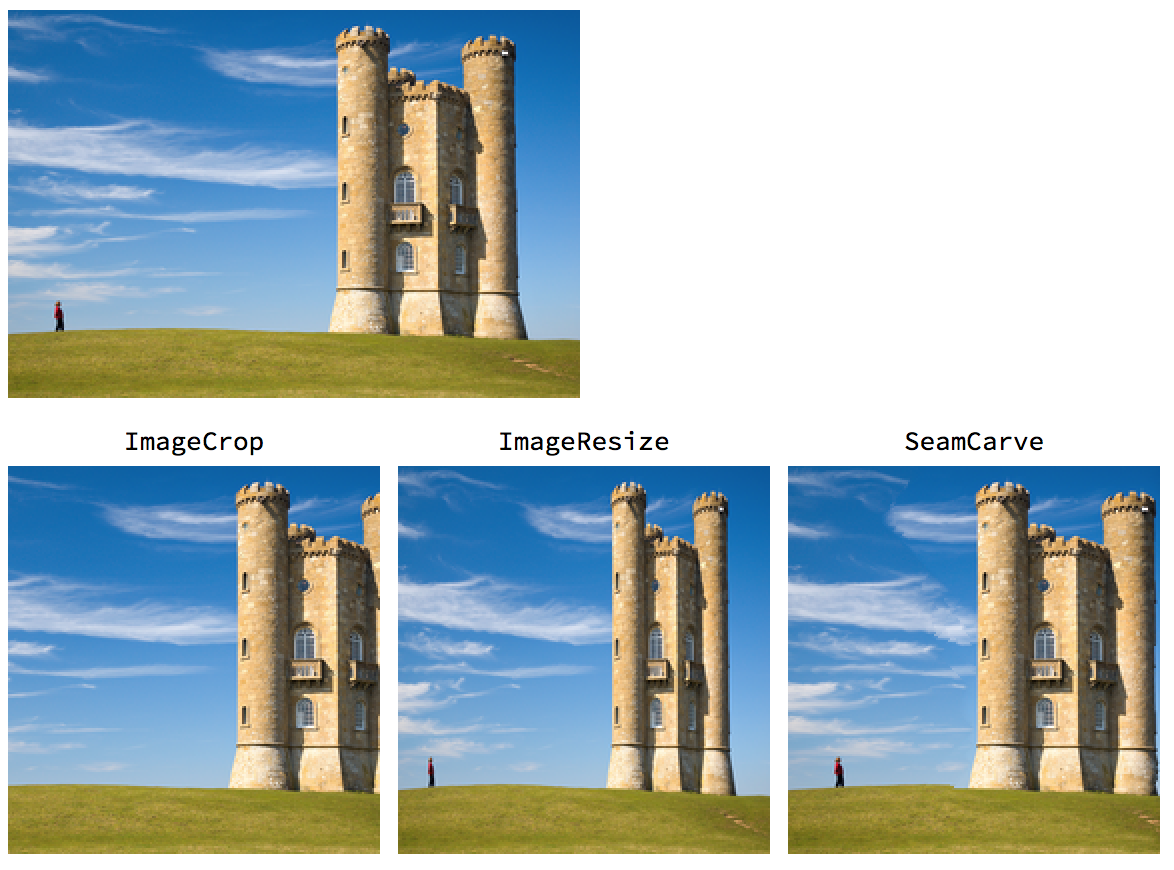# Limitations of Dynamic Programming --- CS 137 // 2021-11-15 <!--=====================================================================--> ## Administrivia - Daily exercise 11 turned in - Reflections on exercises 9 and 10 turned in <!----------------------------------> # Exam 2 - Monday, November 22nd <!----------------------------------> ## Exam 2 - **Format of the exam**: + Written, in-class, 75-minute exam + Closed textbook/notes/internet - <!-- .element: class="fragment"--> Cumulative, but emphasis on new material<br>(Skiena Chapters 7, 8, 10) - <!-- .element: class="fragment"--> Problems on exam will be directly taken or directly inspired from exercises at the end of each chapter <!----------------------------------> ## Practice Problems - For practice, take a look at the following problems in [this exam](https://www3.cs.stonybrook.edu/~skiena/373/exams/z1.pdf) written by Skiena himself + 4, 5, 8, 9, 12, 13, 16, 21, 22, 28, 29, 31-34 - Wednesday will be dedicated to review and going over sample problems <!--=====================================================================--> # Questions ## ...about anything? <!--=====================================================================--> # Daily Exercise Solution <!--=====================================================================--> # Dynamic Programming <!-- .slide: data-background="#004477" --> <!--=====================================================================--> ## Dynamic Programming - Dynamic programming is a technique for improving the efficiency of certain recursive algorithms by caching previous results so they aren't recomputed - Name is synonymous with: + "filling in a table over time" <!--=====================================================================--> # Edit Distance <!-- .slide: data-background="#004477" --> <!--=====================================================================--> ## Edit Distance - We want to find the minimal number of "edits" required to transform a string $x$ into a string $y$ - <!-- .element: class="fragment"--> We allow the following types of edits: 1. **Substitution:** Replace a single character with another single character 2. <!-- .element: class="fragment"--> **Insertion:** Add a new character into the string 3. <!-- .element: class="fragment"--> **Deletion:** Remove a character from the string - <!-- .element: class="fragment"--> Costs for edits are $c_\text{sub}(x,y)$, $c_\text{ins}(x)$, and $c_\text{del}(x)$ <!--=====================================================================--> ## Recursive Solution ```py def edit_dist(a, b, i, j): if i == 0 and j == 0: return 0 elif j == 0: return sum(c_del(a[k]) for k in range(i)) elif i == 0: return sum(c_ins(b[k]) for k in range(j)) else: d1 = edit_dist(a, b, i-1, j ) + c_del(a[i]) d2 = edit_dist(a, b, i , j-1) + c_ins(b[j]) d3 = edit_dist(a, b, i-1, j-1) + c_sub(a[i], b[j]) return min(d1, d2, d3) ``` - <!-- .element: class="fragment"--> Runtime is exponential! <!--=====================================================================--> ## Dynamic Programming Solution for Edit Distance <!----------------------------------> <div style="font-size: 60f%"> 1. Create an $(n+1)\times (m+1)$ array, $D$ 2. <!-- .element: class="fragment"--> $D[0,0] = 0$ 3. <!-- .element: class="fragment"--> For $i = 1\ldots n$ do: 1. $D[i,0] = D[i-1,0] + c_\text{del}(a_i)$ 4. <!-- .element: class="fragment"--> For $j = 1\ldots m$ do: 1. $D[0,j] = D[0,j-1] + c_\text{ins}(b_j)$ 5. <!-- .element: class="fragment"--> For $i = 1\ldots n$ and $j = 1\ldots m$ do: $$D[i,j] = \min\begin{cases} D[i-1,j] + c_\text{del}(a_i)\\\\ D[i,j-1] + c_\text{ins}(b_j)\\\\ D[i-1,j-1] + c_\text{sub}(a_i,b_j) \end{cases}$$ 6. <!-- .element: class="fragment"--> Return $D[n,m]$ </div> <!----------------------------------> ## Analysis of DP Solution - Runtime of DP algorithm? + $O(nm)$, dominated by the nested for-loops <!--=====================================================================--> # Seam Carving <!-- .slide: data-background="#004477" --> <!--=====================================================================-->  <!----------------------------------> ## Seam Carving - Seam carving involves repeatedly finding a path from one side of the image to the opposite that can be deleted without affecting the image much  <!----------------------------------> ## Energy Function - We formalize "not affecting the image much" with an **energy function** that assigns a value to every pixel of the image  - <!-- .element: class="fragment"--> The energy function can be represented as an array $E$ where $E[i,j]$ is a non-negative real number <!----------------------------------> ## Seam Carving Visualization - The approach is to find the path with minimal total energy and remove it from the image - Repeatedly doing this will allow us to reduce the width of an image to a desirable amount  <!--=====================================================================--> ## Finding a Seam - Suppose we have an $w\times h$ image with associated energy table $E$ (Note that $(0,0)$ is the top-left pixel) - <!-- .element: class="fragment"--> We wish to find a path from some pixel $(x_1, 0)$ to some other pixel $(x_2,h-1)$ with minimum energy + <!-- .element: class="fragment"--> i.e., $\sum_{(x,y)\in\text{Path}} E[x,y]$ - <!-- .element: class="fragment"--> For now, let's focus on finding the numerical minimal energy value and worry about reconstructing the path later <!----------------------------------> ## Recursive Seam Finding - There are several approaches to solving this problem, but let's use dynamic programming - <!-- .element: class="fragment"--> First, we need to solve the problem recursively - <!-- .element: class="fragment"--> How can we break the problem of seam carving into sub-problems of the same type? + <!-- .element: class="fragment"--> Take a minute and discuss with your neighbors your ideas for breaking this into sub-problems <!----------------------------------> ## Recurrence for Seam Finding - Define $SF(x,y)$ to be the energy of the best path from the top of the image that ends in $(x,y)$ - <!-- .element: class="fragment"--> How do we specify this recursively? + <!-- .element: class="fragment"--> **Base case:** $SF(x,0) = E[x,0]$ + <!-- .element: class="fragment"--> **Recursive case:** for $y > 0$ $$SF(x,y) = E[x,y] + \min\begin{cases} SF(x-1,y-1)\\\\ SF(x,y-1)\\\\ SF(x+1,y-1) \end{cases}$$ <!-- .element: class="fragment"--> <!----------------------------------> ## Recursive Solution ```py def seam_find(E, x, y): if y == 0: return E[x,y] else: e1 = seam_find(E, x-1, y-1) e2 = seam_find(E, x, y-1) e3 = seam_find(E, x+1, y-1) return E[x,y] + min(e1, e2, e3) ``` - <!-- .element: class="fragment"--> The minimum energy seam is then the minimum of over all $x$ of $SF(x,h-1)$ - <!-- .element: class="fragment"--> Runtime? + <!-- .element: class="fragment"--> Exponential! (Roughly $3^h$) <!--=====================================================================--> ## Dynamic Programming Solution for Seam Carving <!----------------------------------> <div style="font-size: 60f%"> 1. Create an $w\times h$ array, $SF$ 2. <!-- .element: class="fragment"--> $SF[x,0] = E[x,0]$ for all $x\in\\{0\ldots w-1\\}$ 3. <!-- .element: class="fragment"--> For $y = 1\ldots h-1$ do: 1. <!-- .element: class="fragment"--> For $x = 0\ldots w-1$ do: $$SF[x,y] = E[x,y] + \min\begin{cases} SF(x-1,y-1)\\\\ SF(x,y-1)\\\\ SF(x+1,y-1) \end{cases}$$ 4. <!-- .element: class="fragment"--> Return smallest $SF[x,h-1]$ </div> <!----------------------------------> ## Analysis of DP Solution - Runtime of DP algorithm? + $O(wh)$, dominated by the nested for-loops <!--=====================================================================--> # Limitations of Dynamic Programming <!-- .slide: data-background="#004477" --> <!--=====================================================================--> ## When can we use DP? - Dynamic programming computes recurrences efficiently by storing partial results. Thus, DP is efficient when there are few unique sub-problems --- - <!-- .element: class="fragment"--> There are $n!$ permutations of an $n$-element set; we can't store a solution for each sub-permutation - <!-- .element: class="fragment"--> There are $2^n$ subsets of an $n$-element set, so we cannot hope to store the best solution for each - <!-- .element: class="fragment"--> But there are only $\frac{n(n-1)}{2}$ continguous substrings of a string, so we can use it for many string problems <!----------------------------------> ## When can we use DP? - DP works best on objects which are linearly ordered and can't be rearranged + <!-- .element: class="fragment"--> Characters in a string + <!-- .element: class="fragment"--> Matrices in a chain + <!-- .element: class="fragment"--> Points around the boundary of a polygon + <!-- .element: class="fragment"--> Left-to-right order of leaves in a BST <!--=====================================================================--> ## Principle of Optimality - To use DP, the problem must observe the **principle of optimality**, that the solution to a sub-problem must be optimal with respect to only the previous sub-problems - <!-- .element: class="fragment"--> Dijkstra's algorithm works because the closest vertex is guaranteed to be optimal + <!-- .element: class="fragment"--> However, with negative vertices, it no longer observes this optimal behavior and therefore fails